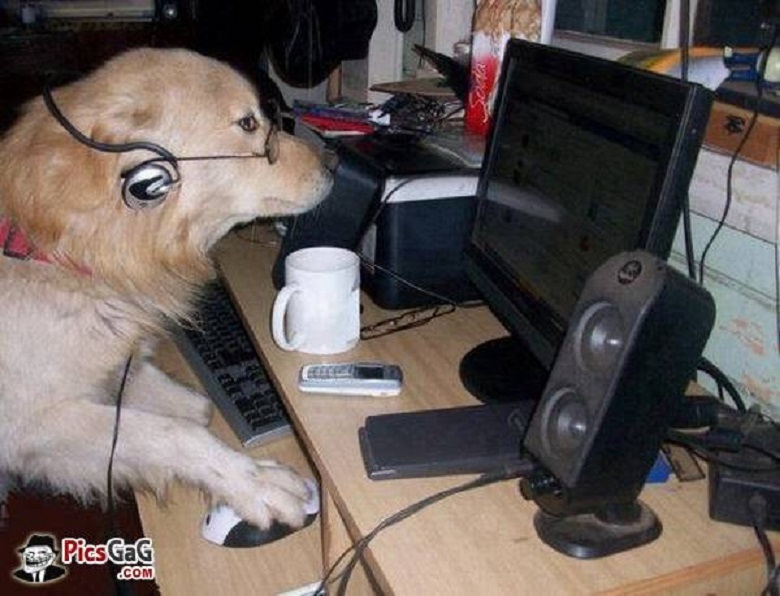
Dog Toys and How to Use Them

Many behavior problems in dogs are the result of boredom or excess energy. Toys offer mental and physical stimulation and enrichment. Directing your dog's energy into play with toys can prevent or help resolve such problems as digging and chewing on furniture, shoes or shrubbery.
Getting The Most Out Of Toys
Rotate your dog's toys weekly by making only four or five toys available at a time. Keep a variety of types easily accessible. If your dog has a favorite comfort toy, like a soft "baby," you should probably leave it out all the time.
Provide toys that offer a variety of uses - at least one toy to carry, one to "kill," one to roll and one to "baby."
"Hide and Seek" is a fun game for dogs to play. "Found" toys are often much more attractive. Making an interactive game out of finding toys or treats is a good rainy-day activity for your dog, using up energy without the need for a lot of space. For example, scattering a handful of kibble in the grass or on a patterned carpet will require your dog to use his nose to find the food.
Many of your dog's toys should be interactive. Interactive play is very important for your dog because he needs active "people time." By focusing on a specific task, like repeatedly returning a ball, or Frisbee, or playing "hide-and-seek" with treats or toys, your dog can expend pent-up mental and physical energy in a limited amount of time and space. This greatly reduces stress due to confinement, isolation and/or boredom. For young, high-energy and untrained dogs, interactive play also offers an opportunity for socialization and helps them learn about appropriate and inappropriate behavior, such as jumping up or being mouthy.
Tug of War
Tug of war has long been thought to be an absolute "don't" in many dog-owning households. However, by taking a few precautions and setting some basic rules it can be a fun game for you and your dog.
Choose a toy that will be reserved exclusively for this particular activity. This will help prevent your dog from grabbing and tugging anything you have in your hand.
Teach two commands:
"Let's tug" begins the game. Never allow the dog to initiate tug on his own and always use your starting phrase when you begin the game.
"Give" or "Out" ends the game. Teach your dog to release the toy by offering a treat or better toy in exchange. Do not start playing tug with your dog until he is consistently releasing the toy on command.
Safety
There are many factors that contribute to the safety or danger of a toy. Many of those factors are dependent upon your dog's size, activity level and play style. Although we cannot guarantee your dog's enthusiasm or his safety with any specific toy, we can offer the following guidelines:
Toys should be appropriate for your dog's current size. Balls and other toys that are too small can be easily swallowed or become lodged in your dog's mouth or throat.
Avoid or alter any toys that are not "dog-proof" by removing ribbons, strings, eyes or other parts that could be chewed off and ingested.
Monitor your dog's toys and discard any toy that starts to break into pieces or has pieces torn off.
Ask your veterinarian about the safety of items like bones, hooves, pig's ears and rawhides. Very hard rubber toys are safer and last longer.
Take note of any toy that contains a "squeaker" buried in its center. Your dog may feel that he must find and destroy the squeak source and could ingest it, in which case squeaking toys should be given only under supervision.
Know your dog's chewing habits before leaving him alone with any toy. For example, some dogs will carry a plush toy around for years. Others will enjoy "disemboweling" the toy by pulling all the stuffing out. Still others will chew it apart and ingest the pieces, creating a safety hazard for that dog.
Main source of the current section
Sources
[1] "Paws"
[2] "Nylabone"
[3] " Hill's"
Our Mobile Application
Check out Our Mobile Application "Dog Breeds Central"
